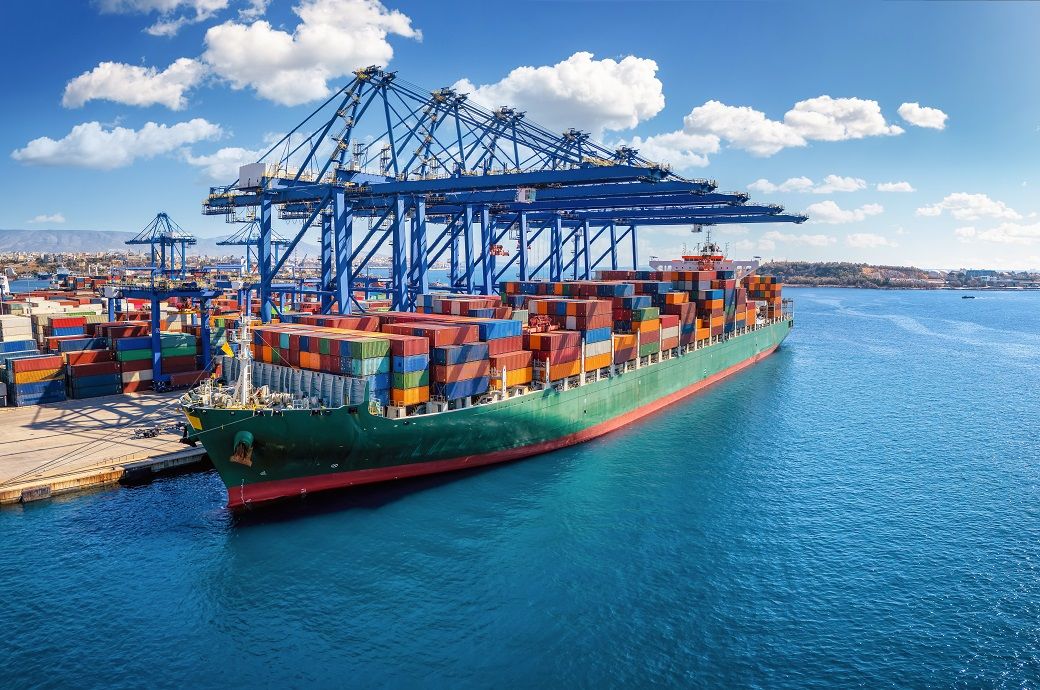
The shifts come after former President Donald Trump announced a 10 per cent tariff on goods from China in February, which was raised to 20 per cent last week. A 25 per cent tariff on imports from Canada and Mexico, initially scheduled for February, was postponed until last Tuesday and then delayed for another month for goods complying with the US-Mexico-Canada Agreement trade pact signed during Trump’s first administration.
“Retailers are continuing to bring as much merchandise into the country ahead of rising tariffs as possible. The on-again, off-again tariffs against Canada and Mexico won’t have a direct impact on port volumes because most of those goods move by truck or rail. But new tariffs on goods from China that have already doubled from 10 per cent to 20 per cent are a concern, as well as uncertainty over ‘reciprocal’ tariffs that could start in April,” NRF vice president for Supply Chain and Customs Policy Jonathan Gold said in a release.
“Retailers have been working on supply chain diversification, but that doesn’t happen overnight. In the meantime, tariffs are taxes on imports ultimately paid by consumers, not foreign countries, and American families will pay more as long as they are in place,” Gold added.
Further uncertainty looms as the Office of the US Trade Representative considers imposing a new fee ranging from $1 million to $1.5 million each time a Chinese-built ship docks at a US port.
Hackett associates founder Ben Hackett warned that such measures could affect imports from all major trading partners, adding another layer of unpredictability to an already volatile trade environment.
“Given that a significant portion of the global container fleet has been built in China, this means that there will be further costs that will be passed on to cargo owners and ultimately the consumer. Carriers will likely make more use of larger vessels and consolidate calls at major ports rather than making multiple stops at smaller ports. Ports accommodated the surge in import volume in the final quarter of 2024 without major issues, but this will place additional pressure on the supply chain while also harming the nation’s smaller ports,” Hackett said.
Despite these headwinds, US ports covered by Global Port Tracker handled 2.22 million Twenty-Foot Equivalent Units (TEU) in January, marking a 4.4 per cent increase from December and a 13.4 per cent rise YoY. February’s final numbers are not yet available, but projections suggest 2.07 million TEU, up 6.1 per cent from the previous year. This would make it the busiest February in three years, despite the typical slowdown caused by Lunar New Year factory closures in China.
March is expected to see 2.14 million TEU, a 10.8 per cent increase YoY, followed by April at 2.13 million TEU, up 5.7 per cent, and May at 2.14 million TEU, up 2.8 per cent. However, volume is forecast to decline in June, with 2.07 million TEU, down 3.2 per cent, and further in July, with 1.99 million TEU, a 13.9 per cent drop compared to last year.
The anticipated declines in June and July would mark the first YoY contraction since September 2023. July’s volume would be the lowest since March 2024, when ports handled 1.93 million TEU. While tariffs may contribute to the decline, last summer’s unusually high import levels were driven by retailers front-loading shipments ahead of an anticipated strike at East Coast and Gulf Coast ports in October.
Despite the mid-year slowdown, the first half of 2025 is expected to total 12.78 million TEU, reflecting a 5.7 per cent increase over the same period last year. Total imports for 2024 reached 25.5 million TEU, a 14.7 per cent rise from 2023 and the highest level since the record-breaking 25.8 million TEU in 2021 during the pandemic-driven shipping surge.
ALCHEMPro News Desk (HU)
Receive daily prices and market insights straight to your inbox. Subscribe to AlchemPro Weekly!